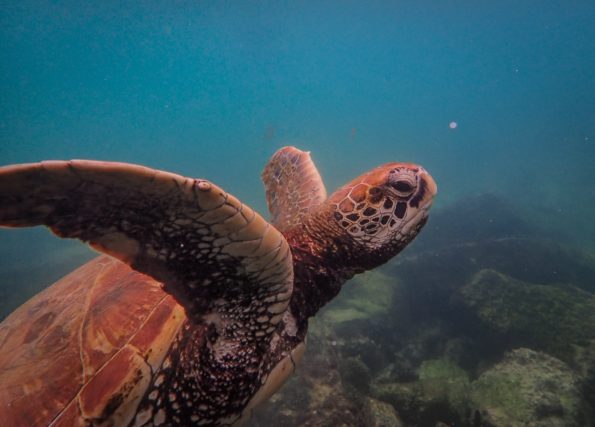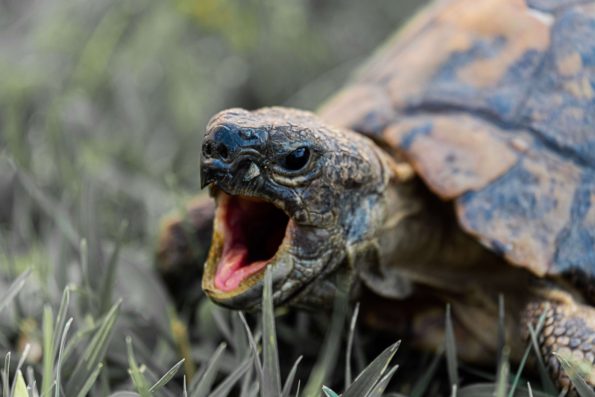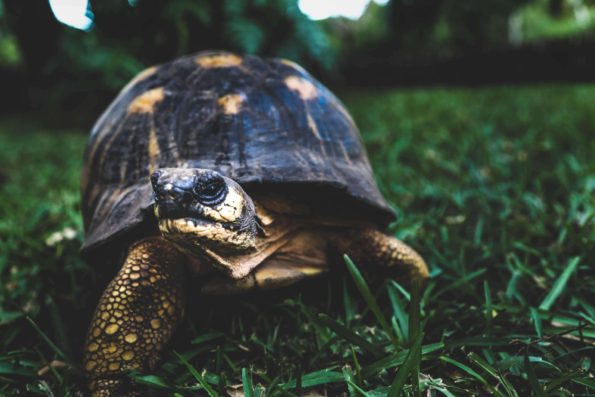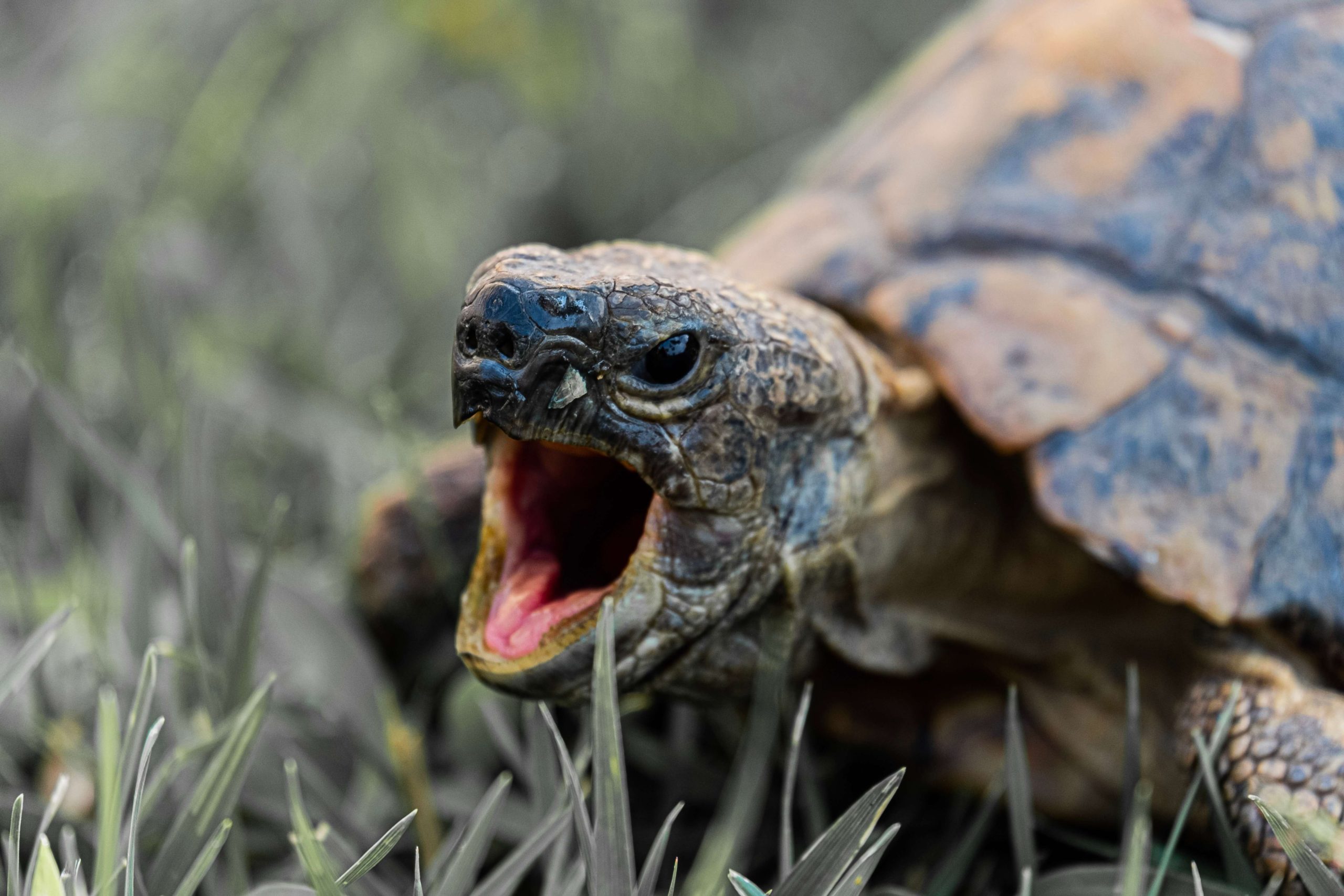Where do turtles go once the cold weather returns and ice forms over the surface of the water? Do you know? There is something about turtles most of us adore. Kids love them and often have them for pets.
There are at least 263 species of freshwater and terrestrial turtles.
Most of these turtles spend a large amount of their time in water. Often, we can spot them surfacing at regular intervals to refill their lungs. All turtles and tortoises breathe air so they can stay under water, but for only a limited period.
Turtles have a very long history.
Some fossil findings over the last decade indicate that turtles existed over 220 million years ago.
Over the decades, turtles have adapted quite well to their environment. Having said this, the turtle population is decreasing at an alarming rate. Of the 263 species, 117 are considered threatened, with 73 on the endangered or critically endangered list. As with much of our wildlife, turtles are faced with many threats, including habitat destruction, harvesting actions for food consumption, and capture for the pet industry. They too need our help.

One late spring day I was down by our lake cleaning up some early weed growth. I found a couple egg shells. The next thing I saw was a dug-out hole in the sand with many egg shells. No one was home but it was obviously a recently deserted turtle nest. I was surprised at how many shells were scattered in and around the hole.
All species of turtles are egg layers. Large numbers of eggs are deposited in sand or mud holes. The eggs are covered and then deserted, being left to incubate and hatch by themselves. The gender of the new hatching in many cases, is determined by how cold or warm it is during the incubation stage. The incubation stage usually last from 70-120 days. The mother does not return to the nest at any time before or after the little ones are hatched. There is no parenting within the turtle species. The little hatchlings are left to make their way to water and then fend on their own.

Later that same spring day while washing our car, I noticed a little hatching in the middle of the driveway. He must have gone the wrong way and was now over 500 yards from the lake and cooking on the hot pavement. A quick rescue was in order. Back to the lake he went and within a moment of being placed in the cool water, he swam away. Happy ending!
So back to the ice. So, what happens when it turns cold? Have you ever seen a turtle cruising along on the ice of a pond or on land during the harsh winter months? Turtles hibernate, usually digging into the mud at the bottom of a body of water. As the water temperature drops below 50 degrees and as low as 39 degrees, turtles seek the muddy bottom. They bury themselves and in some cases just sit on the mud. Hibernating turtles take advantage of the fact that water reaches its greatest density at 39 degrees. This means as temperatures rise and fall, the water at the very bottom of the pond or lake remains around 39 degrees because the densest water falls to the bottom.

The constant temperature ensures the turtle does not freeze and that the temperature of the water does not rise to the point of the turtle requiring extra oxygen. At this temperature, the turtle’s heart only beat a couple times an hour. The turtle’s cloaca, back-end plumbing, has finger-like extensions that are abundantly supplied with blood vessels. The cloaca functions as a substitute lung, allowing the transfer of oxygen and carbon dioxide between the surrounding water and the turtle. It is possible for our little shelled friend to stay in this mode for four or five months.

As soon as the water starts to warm in the spring, turtles return to their active life on land and in the water. I am looking forward to seeing their little heads popping up above the water surface again in the next few weeks.
About Author:
Gregory James is the father of six, U.S. Army veteran and lifelong nature lover. His kindred with nature has led him to start-up a website offering camping cookware.
